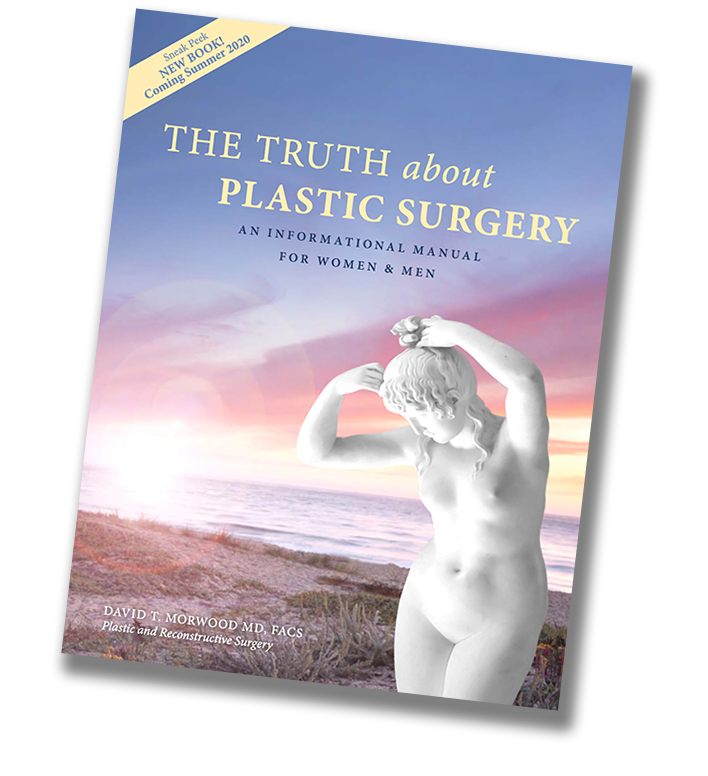Ganglion Cysts Treatment
 What are ganglion cysts?
What are ganglion cysts?
Ganglion cysts are small fluid filled sacs and usually benign. These form on the hand and wrist adjacent to joints or tendons. The most common locations are the top of the wrist, the palm side of the wrist, the base of the finger on the palm side, and the top of the end joint of the finger. The ganglion cyst often resembles a water balloon on a stalk and is filled with clear fluid or gel. As they are harmless, there is no need to worry about them unless the cyst is large. Sometimes they may cause pain when the joint is being moved. They can be surgically removed if mobility is impacted. These cysts usually occur in people between the ages of 15 and 40.
What Causes These Cysts?
The cause of these cysts is unknown although they may form in the presence of joint or tendon irritation or trauma to the area. These cysts may change in size or even disappear completely, and they may or may not be painful. These cysts are not cancerous and will not spread to other areas.
Cysts may be hard or soft and move freely under the patient’s skin. They can vary in size from a pea to a golf ball. People who use joints like the wrists and ankles vigorously are more likely to develop these cysts. 10% of cysts form in areas that have been injured. It can be a major injury or several small ones and the cysts appear soon after.
Common Signs and Symptoms of a Ganglion Cyst
These cysts may or may not cause pain. The most common sign is a visible lump on the foot, hand, or ankle. You may feel some pain or discomfort when walking or wearing gloves. If the cyst is close to a nerve, it can cause numbness, tingling, pain or even loss of mobility.
It is important to know that stressing joints and repetitive motion can result in the development of ganglion cysts. It can also be caused by leaking synovial fluid.
How Is a Ganglion Cysts Diagnosed?
Once you see your primary doctor, the cyst is examined. You may be asked questions regarding your general health and how long the lump has been there. Mention any symptoms that you experience. Dr. Morwood may ask you to undergo several tests, including imaging, x-rays, an MRI, or an ultrasound. The latter tests are requested if the lump is not visible. You may have to provide a fluid sample from the cyst for further testing.
What are the treatment options for ganglion cysts?
Treatment can often be non-surgical. In many cases, these cysts can simply be observed, especially if they are painless. If the cyst becomes painful, limits activity, or is cosmetically unacceptable, other treatment options are available. The use of splints and anti-inflammatory medication can be prescribed in order to decrease pain associated with activities. An aspiration can be performed to remove the fluid from the cyst and decompress it. This requires placing a needle into the cyst, which can be performed in most office settings. If non-surgical options fail to provide relief or if the cyst recurs, surgical alternatives are available. Surgery involves removing the cyst along with a portion of the joint capsule or tendon sheath. In the case of wrist ganglion cysts, both traditional open and arthroscopic techniques may yield good results. Surgical treatment is generally successful although cysts may recur. Your surgeon will discuss the best treatment options for you.
SCHEDULE A CONSULTATION WITH DR. MORWOOD
Dr. Morwood is a board certified plastic surgeon who will provide a custom-designed approach to help you achieve your asethtic vision.
Please call (831) 646-8661 to set up a consultation.
















